HIGH FRONTIERS
The Historical Ecology Series
THE HISTORICAL ECOLOGY SERIES
William Bale and Carole L. Crumley, Editors
This series explores the complex links between people and landscapes. Individuals and societies impact and change their environments, and they are in turn changed by their surroundings. Drawing on scientific and humanistic scholarship, books in the series focus on environmental understanding and on temporal and spatial change. The series explores issues and develops concepts that help to preserve ecological experiences and hopes to derive lessons for today from other places and times.
THE HISTORICAL ECOLOGY SERIES
William Bale, Editor
Advances in Historical Ecology
David L. Lentz, Editor
Imperfect Balance: Landscape Transformations in the Precolumbian Americas
Roderick J. McIntosh, Joseph A. Tainter, and Susan Keech McIntosh, Editors
The Way the Wind Blows: Climate, History, and Human Action
Laura M. Rival
Trekking Through History: The Huaorani of Amazonian Ecuador
Loretta A. Cormier
Kinship with Monkeys: The Guaj Foragers of Eastern Amazonia
HIGH FRONTIERS
Dolpo and the Changing World of Himalayan Pastoralists
KENNETH M. BAUER
Columbia University Press New York

Columbia University Press
Publishers Since 1893 New York Chichester, West Sussex
cup.columbia.edu
Copyright 2004 Columbia University Press
All rights reserved
E-ISBN 978-0-231-50902-2
Library of Congress Cataloging-in-Publication Data
Bauer, Kenneth M.
High frontiers : Dolpo and the changing world of Himalayan pastoralists / Kenneth M. Bauer.
p. cm.(The historical ecology series) Includes bibliographical references and index.
ISBN 0231123906 (cloth. : alk. paper)
ISBN 0231123914 (pbk. : alk. paper)
1. Dolp (Nepal) 2. Social changeNepalDolp. 3. Dolp (Nepal)Economic policy. 4. Economic development. I. Title. II. Series.
DS495.8.D64B38 2003
954.96dc22 2003061050
A Columbia University Press E-book.
CUP would be pleased to hear about your reading experience with this e-book at .
For Sienna
Contents
ADB | Asian Development Bank |
CCP | Communist Party of China |
DANIDA | Danish International Development Assistance |
DLS | Department of Livestock Services (Nepal) |
DNPWC | Department of National Parks and Wildlife Conservation (Nepal) |
HMG/Nepal | His Majestys Government of Nepal |
INGO | International Non-Governmental Organization |
NAPDP | Northern Areas Pasture Development Program |
NGO | Non-Governmental Organization |
PLA | Peoples Liberation Army (China) |
PRA | Participatory Rural Appraisal |
SNV | Netherlands Development Organization |
TAR | Tibet Autonomous Region (China) |
UNDP | United Nations Development Program |
UNDP/FAO | United Nations Development Program/Food and Agriculture Organization |
UNESCO | United Nations Education, Science, and Culture Organization |
USAID | United States Agency for International Development |
VDC | Village Development Committee |
WWF | World Wide Fund for Nature |
WWF-Nepal | World Wildlife Fund Nepal Program |
I wish to thank His Majestys Government of Nepal, including the Home Ministry, the Ministry of Forests and Soil Conservation, the Department of National Parks and Wildlife Conservation, the Department of Tourism, the Department of Livestock Services, and many regional and local government offices. I acknowledge and thank all of these representatives of His Majestys Government.
My thanks must go to the Fulbright Foundation for supporting the original fieldwork that resulted in this book. Thanks especially are due to Dr. Penny Walker, former director of the United States Education Foundation, and her exemplary staff, who made things work when I most needed it. Pennys successor, Mike Gill, continues in this fine tradition of nurturing wide-ranging and thoughtful research by Nepalis and Americans through the Fulbright Program. Sandra Vogelgesang, the former United States Ambassador to Nepal, and many staff members of the American Embassy facilitated the process of securing a research permit for Dolpo.
I would like thank the World Wildlife Fund Nepal Program, especially its former Country Director Mingma Norbu Sherpa, for the opportunities he provided me to learn about conservation and the example he continues to set. Though I only met him once, Nyima Wangchuk Sherpa inspired me with his humility about the considerable work he did as the first warden of Shey Phoksundo National Park.
Eric Vallis photographs of the region inspired me to go there and I thank him. For their support during and after my fieldwork, acknowledgments are due to Jigme Bista, Gabriel Campbell, Chris Carpenter, Marie-Claire Gentric, Mahlet Getachew, Angad Hamal, Chris Heaton, Corneille Jest, Marietta Kind, Michael Koch, Sarah Levine, Leona Mason, Daniel Miller, Kedar Binod Pandey, Charles Ramble, Camille Richard, Nicolas Sihl, Paul Starrs, and Royal Nepal Airlines for getting me there and back.
Lynn Huntsinger, James Bartolome, Michael Watts, and Carla DAntonio at the University of California-Berkeley provided critical input during the early stages of this work and introduced me to the principles of rangeland management and ecology. Maria Fernandez-Gimenezs work on Mongolia helped me understand pastoralism in Central Asia. Daniel Taylor-Ide and several anonymous reviewers read early drafts of the manuscript and made valuable suggestions. William Bale, Marietta Kind, Anne Rademacher, and Mark Turin reviewed later drafts, and their suggestions were invaluable and greatly appreciated. I am grateful to Roy Thomas, Holly Hodder, and Robin Smith at Columbia University Press for their confidence in me.
Thanks to my UC-Berkeley Range cohort, the Cornell anthropology dissertation writing group, and many true friends: Jamie Arnold, Eric Berlow, Steve Curtis, Nirmal and Laxmi Gauchan, Sondra Hausner, Garvin Heath, Kia Meaux, Eric Pitt, Josh Ruxin, Sara Shneiderman, Allison Smith, Pushpa Tulachan, Kevin Welch, Abraham Zablocki, Heather Harrick, and Kunga Nyimaand, of course, the girls, Anjeli and Amber.
Kathryn March and David Holmberg, along with other community members in Ithaca, New York (Nepals only overseas colony?) have been very supportive. I was fortunate to be able to draw on the vast resources at the Kroch Collection at Cornell University. Thanks to Namgyal Monastery and the Tibetan community in Ithaca for teaching me more of your difficult language and keeping me in touch with the ritual calendar of the high mountains I love. Thanks to Jim Eavenson for guiding me in new directions, to Jim Eagen for joining the Widowers Club, to Karen Gilman and Dao Hutnik, who provided me with a means to earn my keep, and to the staff at Daos Vienna, who gave me a social outlet while I wrote this book,

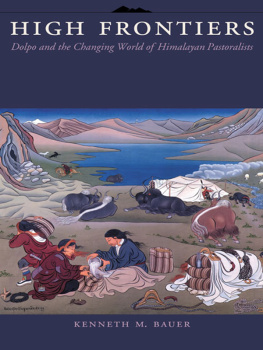
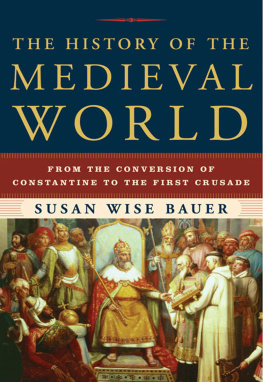
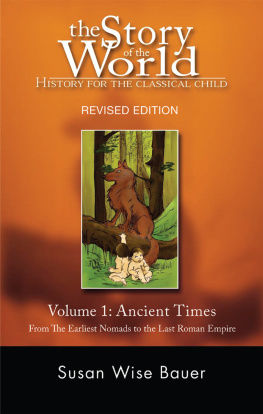
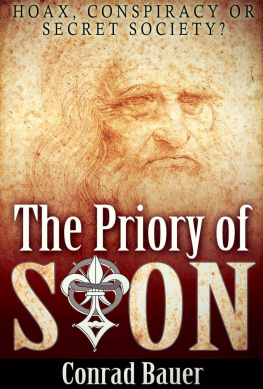

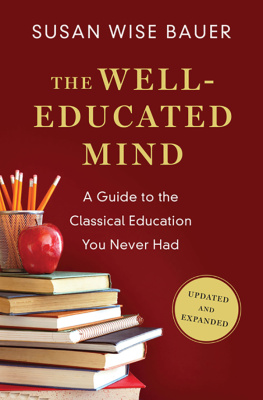

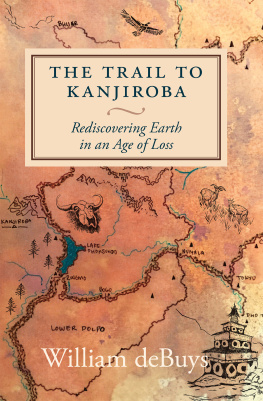




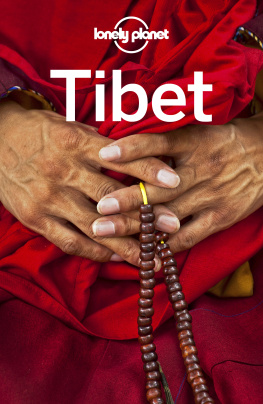
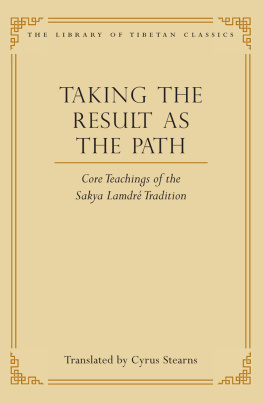
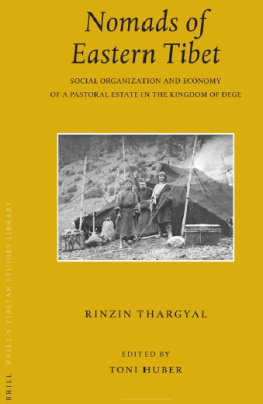

 Columbia University Press
Columbia University Press